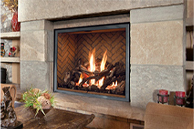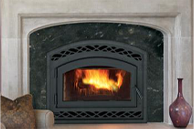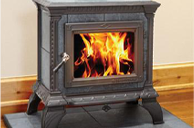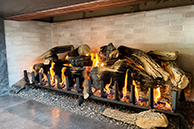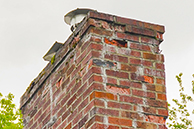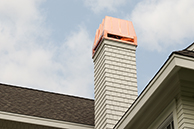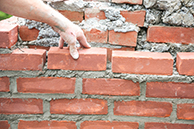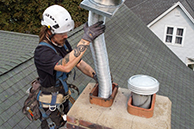At Twin City Fireplace, we commonly get calls from customers asking us to send one of our experienced chimney professionals to fix their leaky chimney. Our call volume often spikes when the snow melts after a snowstorm or blizzard. Residents in Corcoran, Hudson, Orono, and other suburban Minneapolis – St. Paul, MN, communities seem to get the most snowfall.
Since water is the mortal enemy of a masonry chimney, even the most well-built structure is no match to the powerful forces of Mother Nature in the upper Midwest. Therefore, whenever you spot moisture inside the chimney or fireplace, you must act quickly to fix the leak. Otherwise, the water damage will spread throughout the venting system, leading to costly repairs, replacement, and even health problems from mold, mildew, and carbon monoxide exhaust.
What to Do If You Have a Leaky Chimney
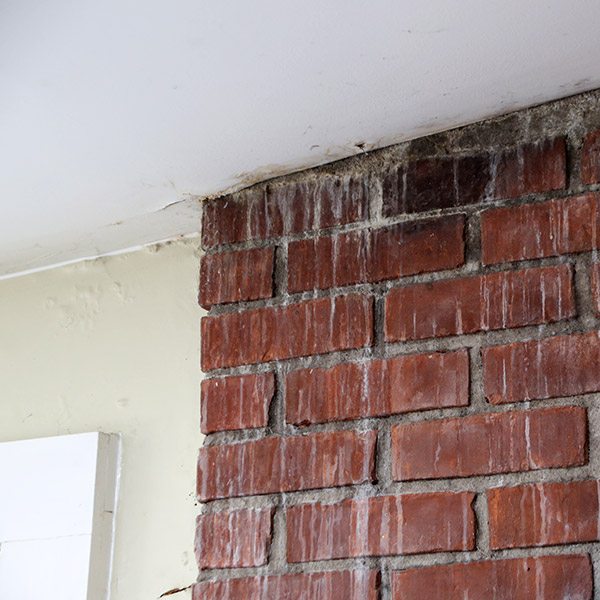
Do you suspect a leaky chimney? The best thing to do is call Twin City Fireplace at (952) 941-2685 (Minneapolis area) or (651) 204-0112 (St. Paul area). We will dispatch a qualified chimney professional to inspect your chimney top-to-bottom. Once the technician determines the source of the leak, they will recommend and make the necessary repairs to fix the leak. Depending on the condition of your chimney, venting system, and attached heating appliances, the technician may need to perform a level 2 or level 3 chimney inspection to find and repair the leak.
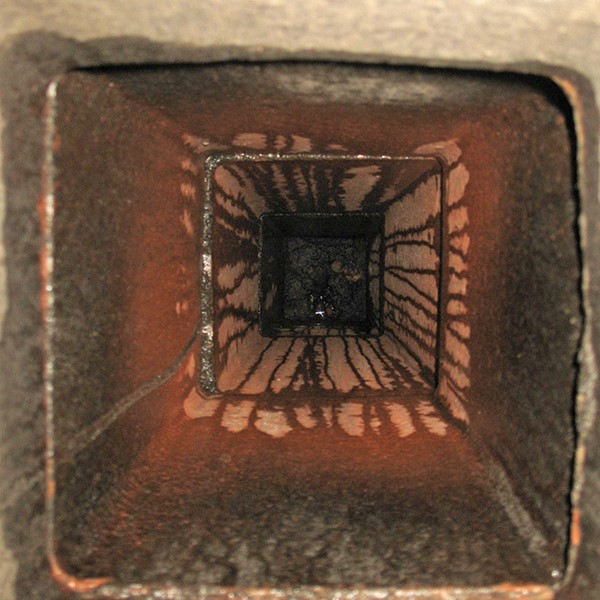
Most Common Causes of Chimney Leaks
One of the most common problems homeowners face with their chimneys is leaks. Chimney leaks can cause a lot of damage to your home, so it's crucial to identify and fix them as soon as possible. But what causes chimney leaks in the first place?
- Your chimney cap is damaged or missing: So, fixing a chimney leak may be as simple as installing a new one. We fabricate custom full-width chimney caps for maximum protection.
- Flashing damage: pooling water, ice and snow accumulation, and UV exposure can cause damage to the flashing, allowing moisture to seep inside the interior masonry walls.
- Chimney Crown Cracks: If you have a standard chimney cap or the cap is damaged or missing, the crown is more susceptible to weather damage. Even a lightning strike can carve off a big chunk of its masonry surface, resulting in a leaky chimney.
- Mortar Decay: The cement-based mortar is the “glue” that holds the bricks or stones together. When this soft, porous compound cracks, decays, and disappears, it is a sign that you may have a chimney leak. As the water seeps into the crevices, it damages the surrounding brickwork, causing them to flake, chip, or spall.
- Spalling Bricks: Cracks in the mortar joint between the bricks lead to more serious issues when the absorbed moisture freezes and expands. Eventually, the bricks weaken, crumble, or even fall off the stack leading to further water penetration into the venting system.
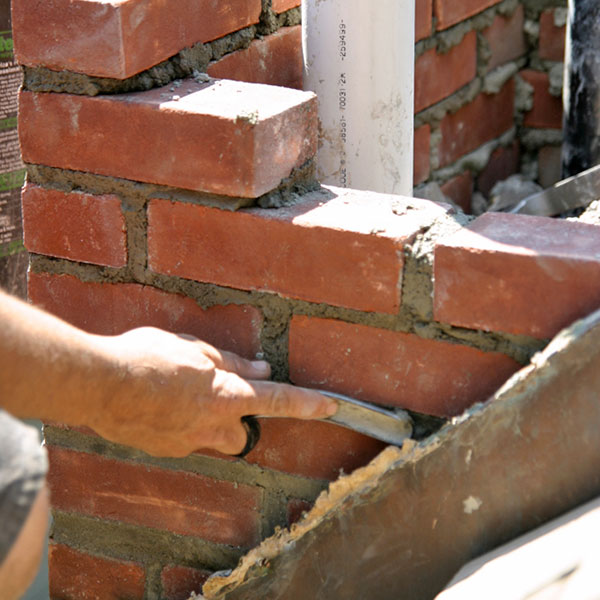
Fix Your Leaky Chimney Today!
Do you have a leaky chimney? Do you notice white stains or gaps in your exterior masonry? Locally owned and operated, Twin City Fireplace has built a solid reputation for using high-quality materials to fix a leaky chimney, including individual brick replacement, tuckpointing, chimney crown repair, waterproofing, and more throughout Greater Minneapolis-Saint Paul.
With showrooms in Edina and Woodbury, we proudly serve Minnesotans in downtown St. Paul, MN; Eden Prairie, MN; Minneapolis, MN; St. Louis Park, MN; and neighboring townships in the Twin Cities area. Call (952) 941-2685 Edina or (651) 204-0112 Woodbury to schedule a chimney inspection today!
 Active-Duty Military Owned
Active-Duty Military Owned
